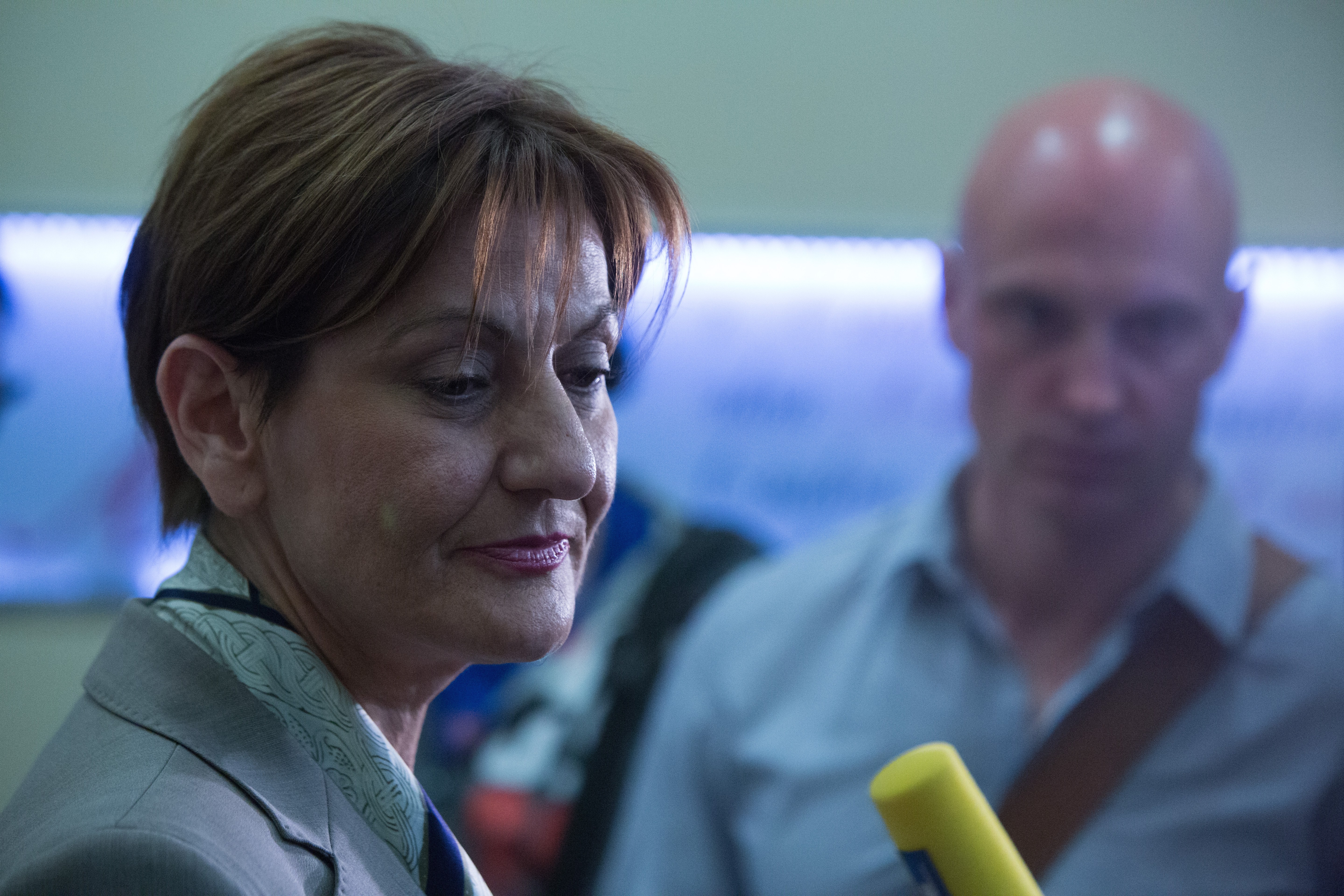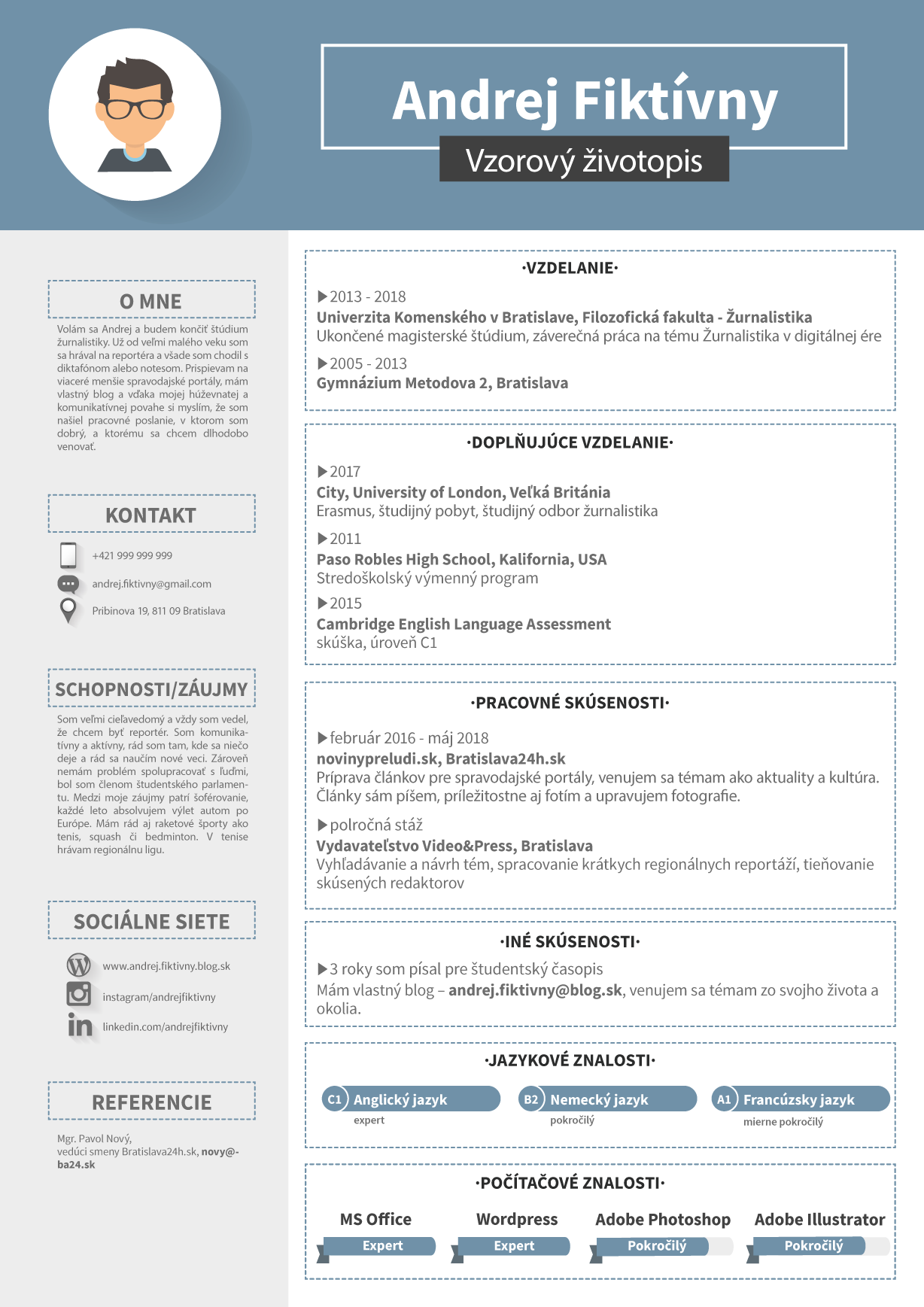

Later in life when his paintings turned to religious and philosophical themes, Dalí would tout chastity as a door to spirituality. It is said that Dalí was a virgin when he met Gala and that he later encouraged his wife to have affairs to satisfy her sexual desires. When he was a young boy, Dalí's father exposed him to a book of explicit photos demonstrating the horrific effects of venereal disease, perpetuating traumatic associations of sex with morbidity and rot in his mind. The painting may represent Dalí's severely conflicted attitudes towards sexual intercourse and his lifelong phobia of female genitalia right at the cross section of meeting and falling in love with Gala. Other motifs in the painting include a grasshopper - a consistent beacon for sexual anxiety in Dalí's work, ants - elusion to decay and death, and an egg - representing fertility. Her mouth near a male's crotch suggests impending fellatio while he seems to be literally "cut" at the knees from which he bleeds, a sign of a stifled sexuality. A nude female figure representing Dalí's new-at-the-time muse Gala rises from the head, symbolic of the type of fantasy a man would conjure while engaged in the practice suggested by the title. In fact, it's become known as the first Surrealist film yet remains paramount in the canon of experimental film to this day.ģ5mm Film - The Museum of Modern Art, New YorkĬentral to the piece is a large distorted human face looking down upon a landscape, a familiar rocky shoreline scene reminiscent of Dalí's home in Catalonia. The film turned out to be a sensation and gained Dalí entrance to the most creative group of Parisian artists at the time, The Surrealists. In the scene that follows, a razor blade slashes said eye in extreme close-up. For example, in this clip we find a glaring cow's eye in a woman's eye socket soliciting feelings of discomfort. Un Chien Andalou recreates an ethereal setting in which images are presented in montaged clips in order to jostle reality and tap the unconscious, shocking the viewer awake.
Salvador dali zivotopis free#
It was at this point that he joined film director Luis Buñuel to create something truly new - a film that radically veered from narrative tradition with its dream logic, non-sequential scenes, lack of plot and nod to Freudian free association. Paradoxically defined by Dalí himself as a form of "irrational knowledge," this method was applied by his contemporaries, mostly Surrealists, to varied media, ranging from cinema to poetry to fashion.īy the age of 24 Dalí had acquired an art education, been inspired by Picasso to practice his own interpretation of Cubism, and was beginning to utilize Surrealist concepts in his paintings. Dalí subscribed to Surrealist André Breton's theory of automatism, but ultimately opted for his own self-created system of tapping the unconscious termed "paranoiac critical," a state in which one could simulate delusion while maintaining one's sanity.Drawing on blatantly autobiographical material and childhood memories, Dalí's work is rife with often ready-interpreted symbolism, ranging from fetishes and animal imagery to religious symbols. Obsessive themes of eroticism, death, and decay permeate Dalí's work, reflecting his familiarity with and synthesis of the psychoanalytical theories of his time.These account for some of the iconic and now ubiquitous images through which Dalí achieved tremendous fame during his lifetime and beyond. Freudian theory underpins Dalí's attempts at forging a visual language capable of rendering his dreams and hallucinations.Then, not painting, I would remain in suspense, holding up one paw, from which the brush hung motionless, ready to pounce again upon the oneiric landscape of my canvas the moment the next explosion of my brain brought a new victim of my imagination bleeding to the ground." At times I would wait whole hours without any such images occurring. Then, at the point commanded by them, I would paint, paint with the hot taste in my mouth that panting hunting dogs must have at the moment when they fasten their teeth into the game killed that very instant by a well-aimed shot. Often I saw these images exactly situated in the painting.


I spent the whole day seated before my easel, my eyes staring fixedly, trying to 'see', like a medium (very much so indeed), the images that would spring up in my imagination. Thus the first image I saw on awakening was the painting I had begun, as it was the last I saw in the evening when I retired.

"I would awake at sunrise, and without washing or dressing sit down before the easel which stood right beside my bed.


 0 kommentar(er)
0 kommentar(er)
